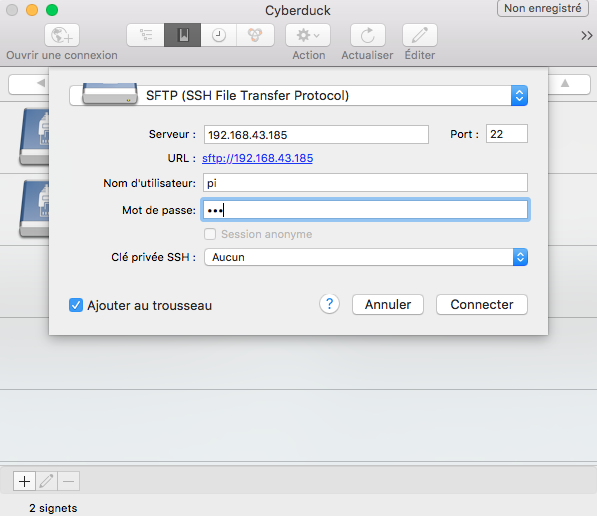

Then navigate to your project root folder on the remove and create the virtual environment. We should be able to see our newly uploaded file.

You can choose temporary or permanent locations. Set paths to say where we want to keep this on our remote.You may be prompted to accept the new fingerprint. Press the “Test SFTP connection…” button to make sure everything is correct.This will use SSH to copy files to and from the Pi. Add a new SFTP connection called “My RPi”.Click on Tools -> Deployment -> Configuration.You want this since your target environment is Linux and different line endings may cause issues. Then go to Editor -> Code Style and change line endings to “Unix and OS X (\n)”. Create a new project called RemoteDebugEx.This part isn’t strictly required but if you don’t do it you’ll have to manage uploading your changes. Automatic Deploymentįirst we need to setup automatic deployment of our files to the RPi. You can find how to set up remote debugging particularly the section on setting up a remote interpreter via SSH.

Much of this is found in the P圜harm help documentation. Setting Up Remote Debuggingīelow is how I set up my environment.

Most importantly, P圜harm has a remote debugging feature which coupled with automatic deployment makes everything super easy. I decided on P圜harm, since I have a JetBrains Toolbox subscription and I’m familiar with CLion which uses the same base IDE framework. It also needed to be able to run as root because all RPi GPIO requires root privileges. This is particularly important to me since my RPi is way out in the garage. What I really needed was something that I could work on in my main dev environment but deploy and execute on the RPi. It was also a lot of Alt+Tabbing back and forth between Cyberduck, the text editor, and PuTTY. That became exhausting particularly as my project began to grow and span multiple directories. I really don’t like programming directly on these small devices since the environment is typically spare and slow.Īt first I used Cyberduck to open and update files along with a text editor. Recently I’ve been getting into embedded Linux, particularly the Raspberry Pi and have consequently been learning Python.


 0 kommentar(er)
0 kommentar(er)
